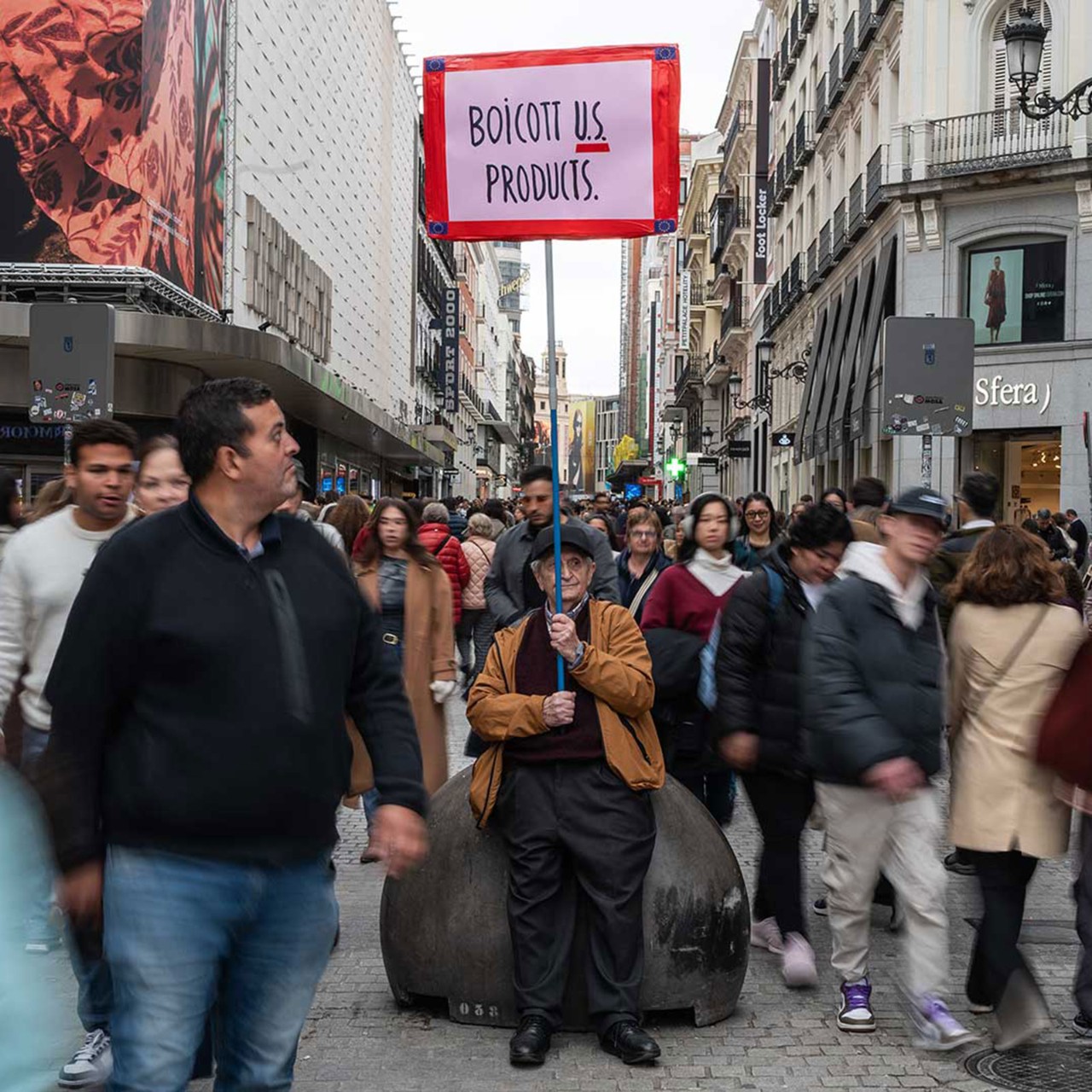
Commodities keep the world turning, and commodity prices can keep management accountants awake at night. The raw materials of economic and daily life – from gold and silver to wheat and chocolate – have been traded since ancient times, while from the 16th century onwards development in short sales, forward contracts and options have all had commodities at their heart.
Since the 1990s, the rapid growth in emerging economies – Brazil, Russia, India and China, in particular – have ‘propelled commodity markets into a super-cycle’, according to Timothy Lane, former deputy governor of the Bank of Canada. It is an expansion in size and diversity that continues today and, in a sprawling, demand-led marketplace, fortunes can shift abruptly. The global coal market, for example, in the doldrums for decades, ‘changed significantly from 2000 onwards as rapid growth in emerging economies, notably China, led to a surge in demand’, the World Bank says.
‘A good hedging strategy can be the key to avoiding unpleasant surprises’
Rare earth elements represent a high-profile emerging sector, thanks to a key role in electric vehicles, wind power and high-end manufacturing. However, despite recent intense political focus, the global market for rare earth elements is not yet particularly large – they were valued at US$3.39bn in 2023 – while risks around supply are more to do with political wrangling than availability. The BBC reports ‘they are known as “rare” because it is very unusual to find them in a pure form, but there are deposits of some of them all over the world’.
Disruption and dependence
Volatility and supply disruption are, however, an increasing fact of life across many commodities, with a potent set of factors on hand to aggravate price fluctuations. The UN trade and development agency (Unctad) identifies geopolitical events, trade policy, exchange rates, climate change, market transparency and technological change as the six key influencers of commodity price volatility globally.
Billpayers do not need to be told that oil and gas are among the most exposed commodities, but the issues are widespread and widely felt. According to the International Cocoa Organization, cocoa prices soared 300% between 2023 and 2024, while Reuters reported in March that the global coffee industry had been ‘left reeling’ by arabica coffee futures surging 70% since November. In both cases, production issues and supply shortfalls were to blame (see boxout).
The recent imposition by the US administration of steep tariffs on aluminium and steel imports sets the stage for trade policy to play a magnified role in the coming years. The OECD says the economies of the US and Canada are set for slower growth this year as a result of the tariffs, while Mexico will be pushed into recession.
More information
Watch ACCA’s video on the principles of hedge accounting under IFRS Standards
Read KPMG’s analysis of the differences between IFRS Standards and US GAAP in hedging
85% of the world’s least developed countries are commodity-dependent
While consumers in developed economies may grumble at escalating prices, the impact of tumbling prices in developing economies is even more concerning. Unctad defines countries where raw materials account for 60% or more of merchandise export revenue as ‘commodity-dependent’. It is a position that 85% of the world’s least developed countries find themselves in. ‘The potential consequences of market failure and uncertainty include a number of adverse effects impacting the real economy and people’s livelihoods,’ it states.
Renee Dupraz of the Swiss-based Shipping and Commodity Academy says these real-life consequences cannot be ignored by buyers. ‘Many argue that while commodity trading can drive economic growth and transparency, it often exploits vulnerable populations and presents environmental challenges. Understanding the implications of these transactions is essential for both traders and consumers alike,’ she says. A proliferation of sustainability and ethical standards, such as the Fairtrade mark, have sought to address these concerns in recent years.
Trends and responses
While sharp price increases make headlines, commodities collectively are in fact on a downward trend at the moment. The World Bank said in October 2024 that ‘commodity prices are expected to decrease by 5% in 2025 and 2% in 2026. This would lead aggregate commodity prices to their lowest levels since 2020’. Euromonitor says of the year ahead that ‘global energy, food and metals markets face mixed outlooks amid geopolitical risks, trade policy shifts and supply dynamics’.
Hedging has long been central to how businesses mitigate price uncertainty. ‘Creating a good hedging strategy can be the key to avoiding unpleasant surprises in your financial schedule,’ says service provider Hedgepoint.
In a sign of changing times, KPMG published an advisory guide for hedging electricity in the Irish market in 2022, suggesting that ‘in addition to their hedging framework, it is worthwhile for participants to evaluate their fair valuation and accounting framework for these hedging instruments’.
‘Many companies tend to approach hedging in the wrong way’
Surges and slumps
Hot commodities in 2024
- Cocoa (prices up 185%): adverse weather conditions in West African producing nations
- Eggs (+107%): mass outbreaks of bird flu in the US
- Germanium (+89%): geopolitical tensions and export restrictions by China
- Coffee (+72%): droughts and unseasonal frosts in producer countries
- Gold (+28%): general economic uncertainty.
Weak commodities in 2024
- Soybeans (prices fell 24%): good weather resulted in bumper harvests
- Iron ore (-23%): slowdown in China’s construction and manufacturing sectors
- Cotton (-15%): trend shifts and high inventory from previous years.
Source: IG.com
Given the complexity that surrounds commodity trading, there are nuances and potential pitfalls in hedging strategies too. McKinsey warns that ‘many companies tend to approach hedging in the wrong way, trying to manage commodity prices in isolation from other elements of margin, such as the prices of end products sold’.
Writing for The Irish Times, Elaine Laing, assistant professor in finance at Trinity Business School, says a broad perspective is needed, with strategy being more than a finance team consideration. ‘The decision to hedge is dependent on a number of factors including the business’s risk appetite, treasury policy, long-term contract commitments, supplier payment cycles and underlying business margins,’ she explains. ‘Company boards should be proactive in establishing risk management committees to regularly assess and review risk exposures.’
Ongoing and sharpening volatility will keep any such committees active and significant for the foreseeable future.


